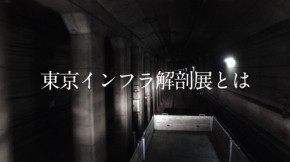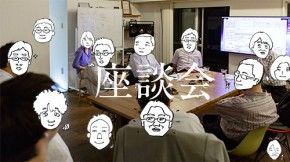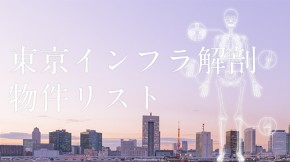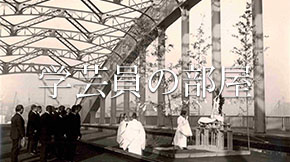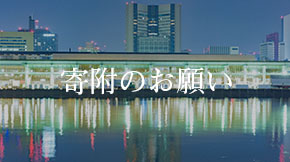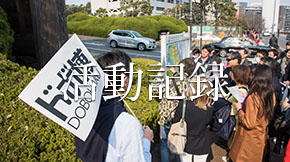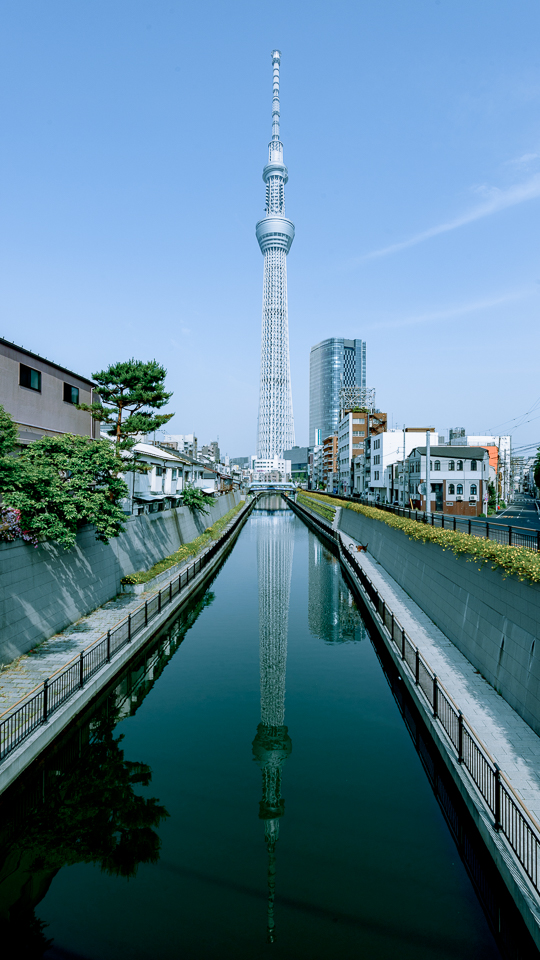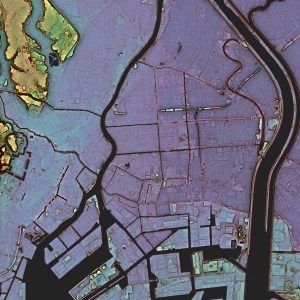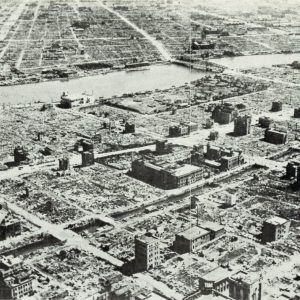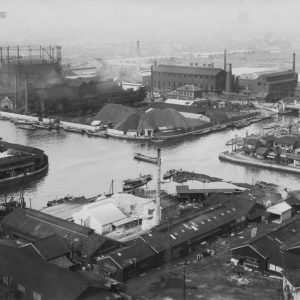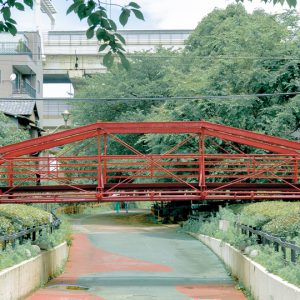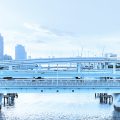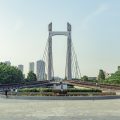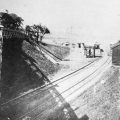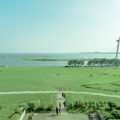In the Edo era, it was usual to proceed with landfill surrounding religious facilities for urbanization. Fukagawa was one of the first places created in this way. A government notice was issued in 1655, and landfill was done by waste around Tomioka Hachimangu Shrine and Eitai Temple set up on Eitai island. It is, so to speak, the “Yumenoshima (literally “Dream island”, Tokyo’s famous waste landfill in the 20th century)” in the Edo period. In this way, the natural cycle of human life is incorporated into urban construction, both the population of Edo and Tokyo and the landfill garbage will increase, supporting the growth of the city.
In 1873, the site of Tomioka Hachimangu Shrine was designated as one of the first public parks in Japan. After the Great Kanto Earthquake, the “classic truss-shaped iron bridge” (Izumi Masato), Danjo bridge constructed in 1878 was relocated to the remains of the moat around the shrine. This is the first steel truss bridge in Japan that assembled cast iron and wrought iron with bolts shaped like imperial chrysanthemum. In the same moat, a bridge with an unusual member composition such as Nitta Bridge (1932), where the handrail works due to the tensile force, has also been relocated.
In the north of Fukagawa too, there is a famous historic downtown called Honjo. This place was also a vast lowland converted into a residential area by men in the Edo period. In particular, the drainage network played an important role in reclaiming vast wetlands. Today, we can see the Tokyo Sky Tree being displayed narrowly there. (D.Kitagawa)
| Type | Road bridge |
| Location | Koto Ward/Tokyo |
| Structure | Iron truss girder bridge |
| Scale | Bridge length 15.7 m |
| Completion year | 1888 |
| Manager | Koto Ward |
| Designer | Ministry of the Interior |
| Remarks | National Important Cultural Property |

